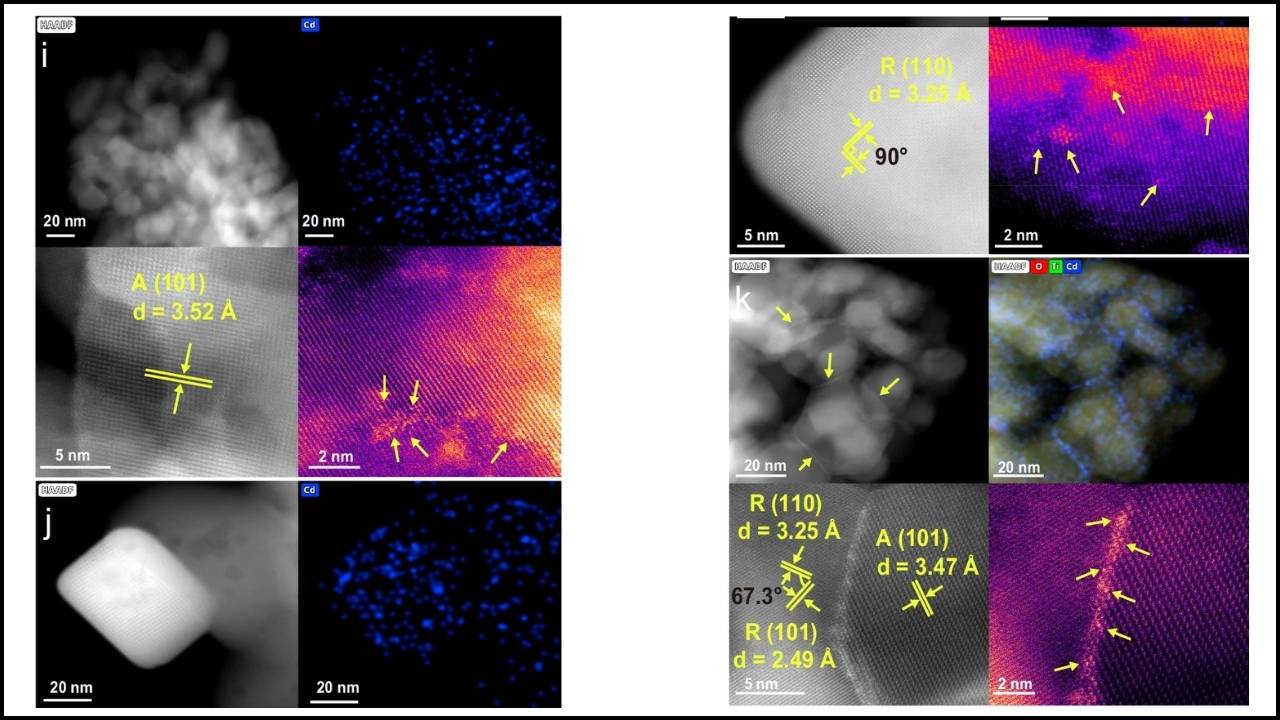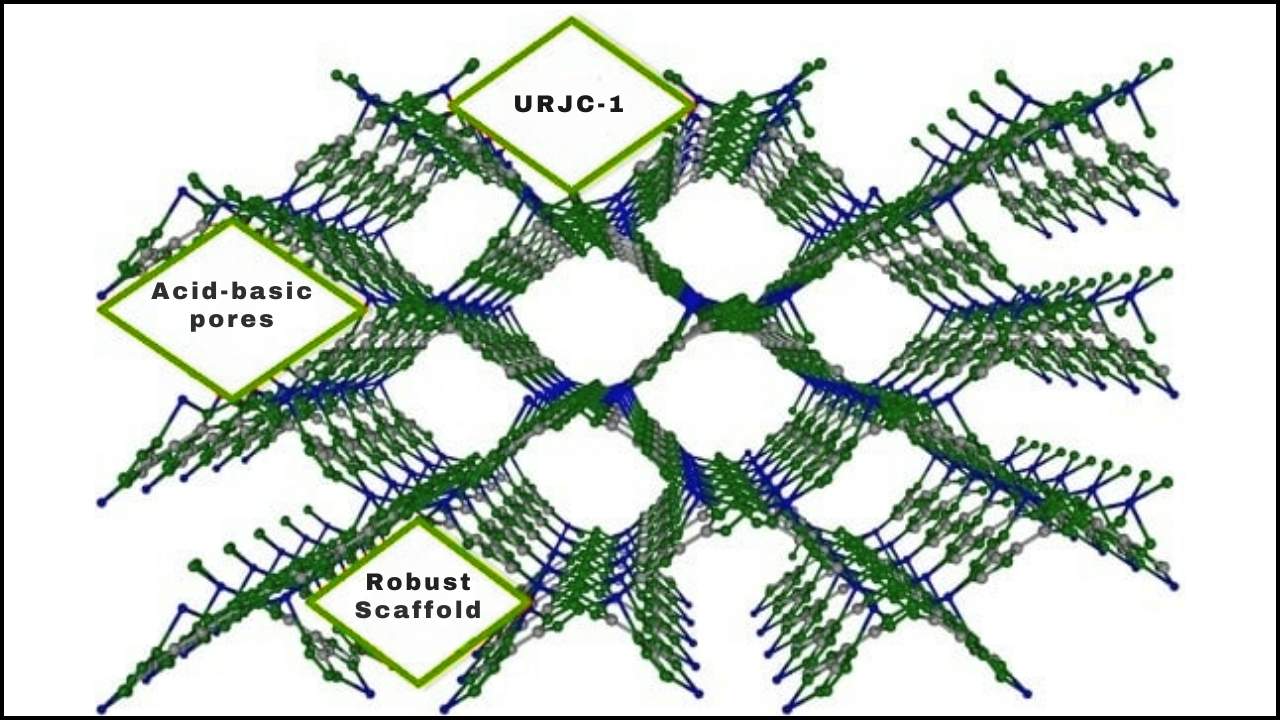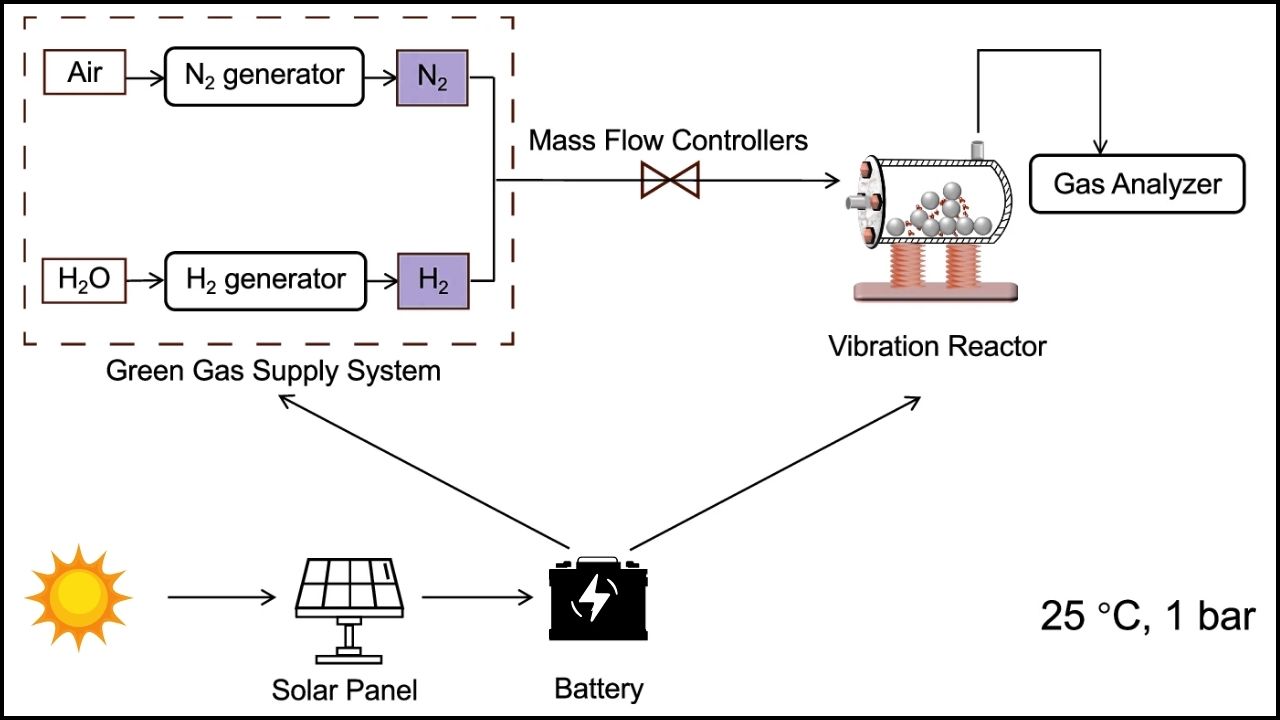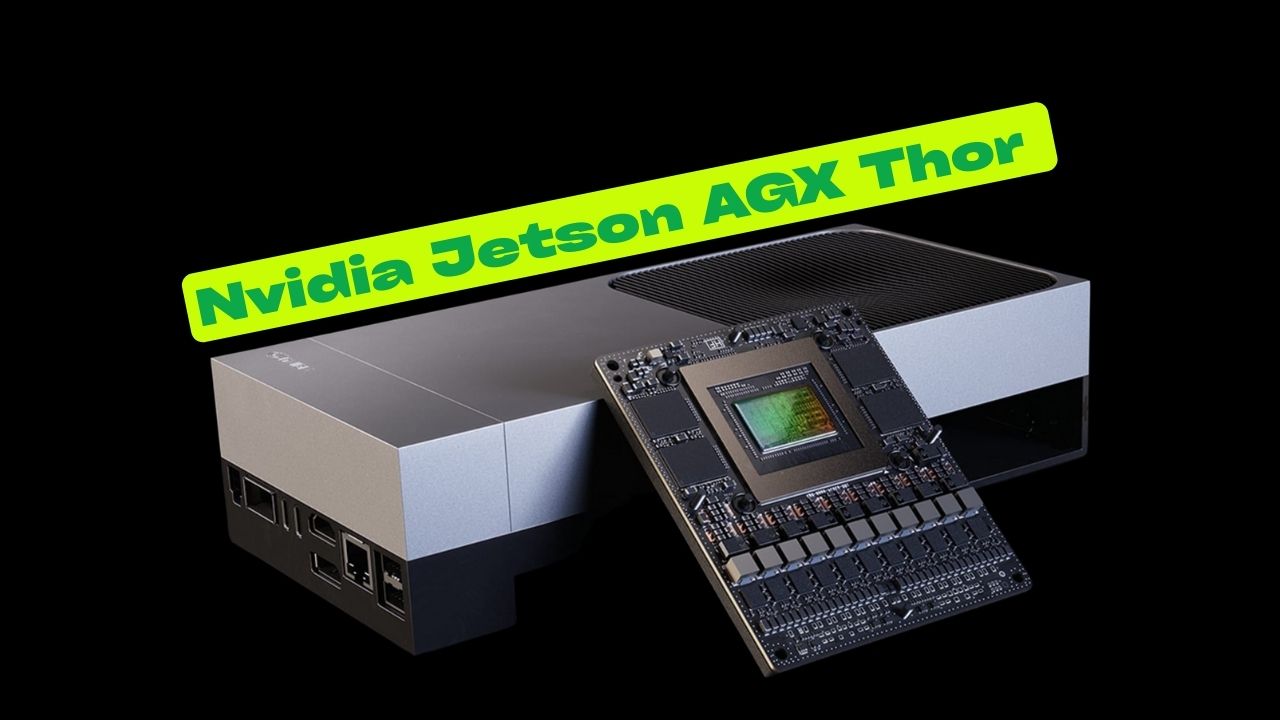The quantum internet breakthrough announced recently marks a monumental step toward the future of communication and computing. Scientists at the University of Innsbruck have successfully built a scalable light ion network node, allowing the linking of many quantum bits (qubits) using light. This breakthrough opens the door for a new era of ultra-secure communication, distributed quantum computing, and advanced sensing technologies. This article unpacks this exciting development, explaining the concepts in easy-to-understand language, practical implications, and detailed insights, both for beginners and professionals.
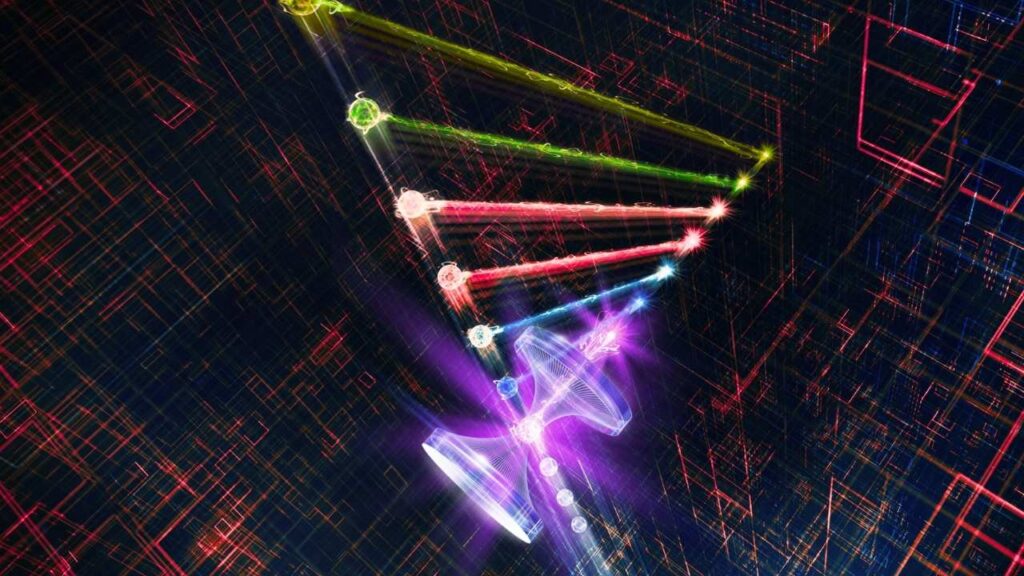
What Is the Quantum Internet Breakthrough?
In August 2025, researchers demonstrated a network node consisting of ten calcium ions—charged atoms trapped and controlled by lasers—entangled with photons (particles of light). This scalable quantum network node establishes a method to convert quantum information stored in ions to light signals. These signals can then be transmitted through fiber optics to connect multiple quantum devices over distances.
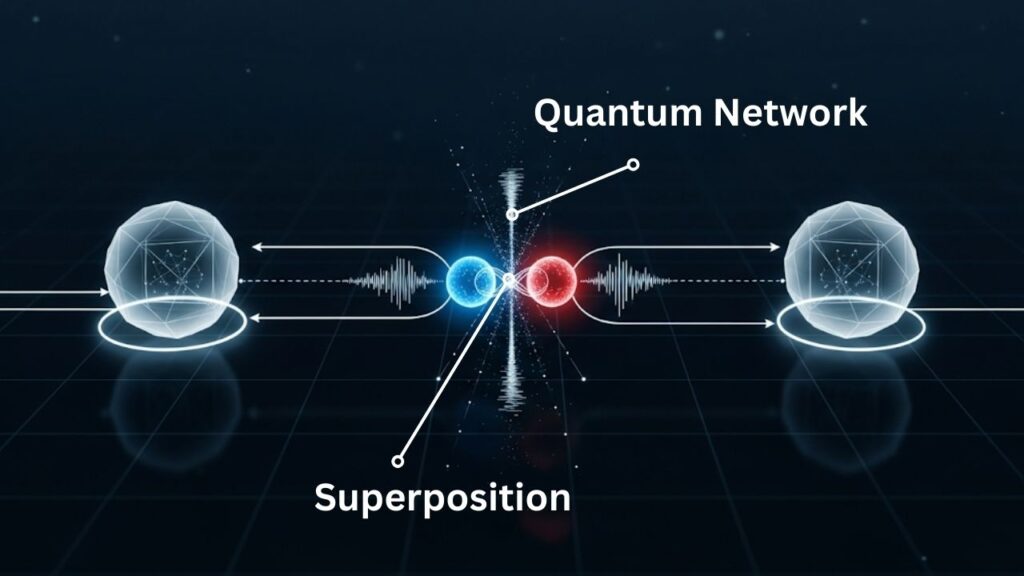
Unlike classical internet nodes exchanging bits (0s and 1s), these quantum network nodes exchange qubits, which can be in superpositions—holding multiple possibilities simultaneously. This capability brings unprecedented speed, security, and computational power.
Scientists Build Scalable Network Node with Light and Ions
| Aspect | Detail |
|---|---|
| Quantum Network Node Type | Scalable trapped calcium ion chain, each entangled with single photons |
| Qubit Count Demonstrated | 10 qubits (expandable to hundreds) |
| Fidelity (Accuracy) | 92% ion-photon entanglement fidelity |
| Primary Institution | University of Innsbruck, Austria |
| Applications | Quantum internet, ultra-secure communication, distributed quantum computing, sensing |
| Key Supporting Tech | Optical cavities for photon emission, quantum operating systems (QNodeOS) |
| Future Outlook | Towards global quantum internet by 2030, enabling quantum communication over continents |
| More Information | Quantum Internet Alliance (QIA) |
The construction of a scalable light ion network node by the University of Innsbruck is a pioneering achievement bringing the quantum internet closer to reality. This scalable quantum node demonstrates high-fidelity ion-photon entanglement and lays a technical foundation for connecting quantum devices worldwide. When combined with systems like QNodeOS and the efforts by the Quantum Internet Alliance, scientists and engineers are now better equipped to turn quantum internet concepts into practical technologies. This breakthrough promises revolutionary advances in ultra-secure communication, distributed quantum computing, and precise sensing, reshaping how society will communicate, compute, and explore the universe.
Understanding the Breakthrough: The Basics of Quantum Networking
What Are Qubits and Why Does This Matter?
A qubit is the fundamental unit of information in quantum computing, similar to the classical bit in computers. Unlike bits that are either 0 or 1, qubits can be in both states at once (superposition), which radically increases computing power. The ions used in this breakthrough are excellent qubit carriers due to their stable quantum states.
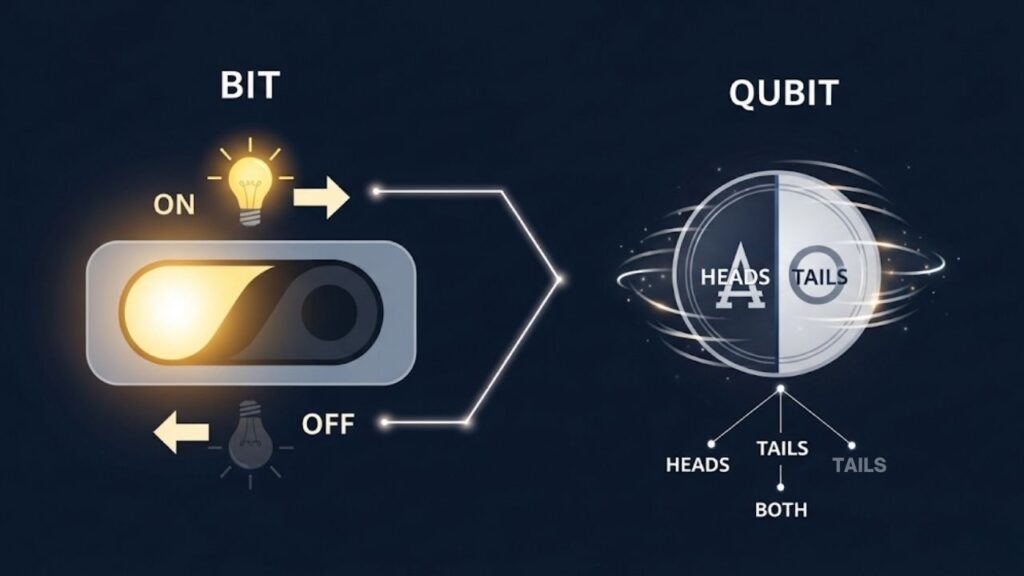
Ion-Photon Entanglement
At the heart of this technology is entanglement, a mysterious quantum property where two particles become so deeply connected that the state of one instantly affects the other, regardless of distance. Here, each ion in the node is entangled with a photon, allowing quantum information to be transmitted as light through fiber optics.
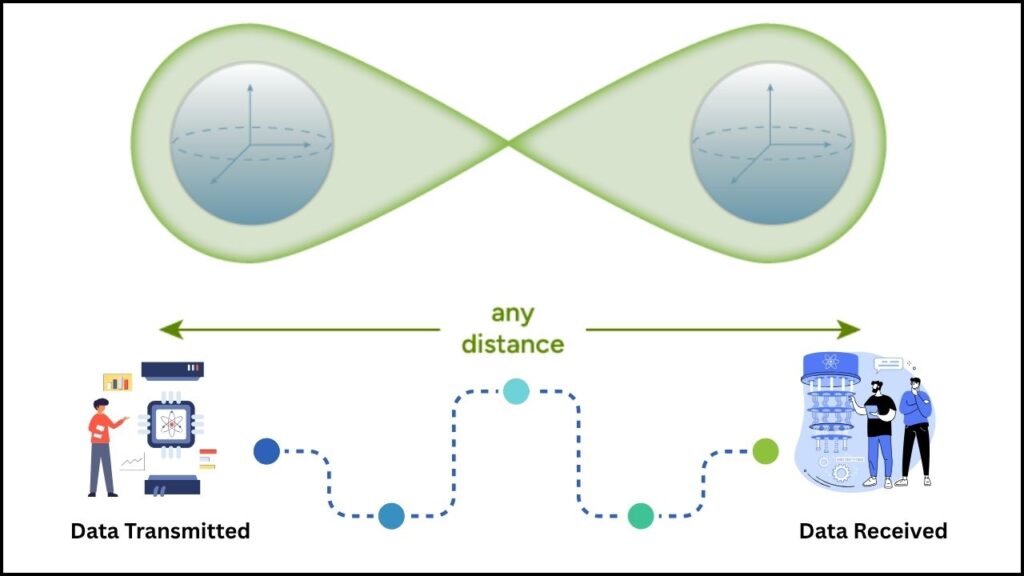
Why Light Ions?
Ions are ideal quantum nodes because they can be trapped and manipulated with laser precision. Light (photons) is a perfect messenger between nodes as it can travel long distances through existing fiber optic infrastructure without the information losing integrity.
Practical Insights: How Does the Scalable Quantum Node Work?
Scientists trap a row of calcium ions, each controlled with laser beams, and place them inside an optical cavity—a tiny mirrored space that increases the chance each ion emits a photon. When the ion emits a photon, it becomes entangled with the photon, and through this entanglement, the qubit’s state can be transferred from the ion to the photon.
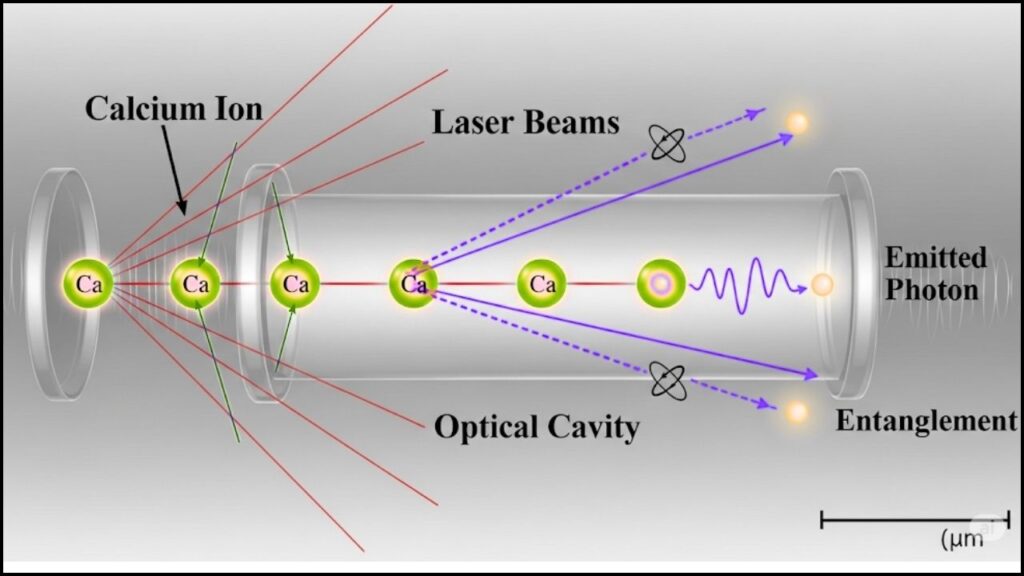
This process is repeated for all ions in the chain, creating a register of entangled qubits. The photons then carry quantum information to other nodes, potentially connecting multiple quantum processors and sensors.
Detailed Guide: Building and Operating a Quantum Network Node
Step 1: Trapping and Controlling Ions
Ions are trapped using electromagnetic fields in specialized vacuum chambers. Precision lasers cool and control their quantum states, ensuring minimal interference from the environment.
Step 2: Creating the Optical Cavity
An optical cavity made from highly reflective mirrors surrounds the ion chain, enhancing photon emission. This structure makes sure photons emitted are well directed and coherent, essential for stable communication.
Step 3: Generating Ion-Photon Entanglement
A carefully timed laser pulse excites an ion, causing it to emit a photon entangled with the ion’s quantum state. This event is repeated for each ion to build a scalable register.
Step 4: Transmitting Photons
The photons are sent through fiber optic cables to other nodes. Their quantum states carry the qubits’ information, ensuring the message remains secure and unaltered.
Step 5: Network Integration and Scaling
The demonstrated system works for 10 qubits but is architected for hundreds, enabling large-scale quantum networking. It integrates seamlessly with emerging quantum operating systems like QNodeOS, simplifying the programming and operation of quantum internet applications.
Why This Breakthrough Is a Game-Changer
Enhanced Security
The quantum internet promises unhackable communication via quantum key distribution. Any attempt to intercept a quantum message changes its state, immediately signaling an intrusion.
Distributed Quantum Computing
Linking quantum processors enables sharing of computational tasks, exponentially increasing problem-solving ability across labs or continents.
Ultra-Precise Quantum Sensing
Quantum networks can link atomic clocks worldwide, achieving accuracy so high clocks would only lose one second in the age of the universe—useful for navigation, financial systems, and fundamental physics research.
Additional Developments Supporting Quantum Networking
The Quantum Internet Alliance (QIA), a collaboration including the University of Innsbruck, TU Delft, INRIA, and CNRS, has created the first quantum operating system called QNodeOS. This OS bridges quantum hardware and software applications, enabling developers to run quantum network apps easily across different hardware platforms, critical for the scalability of the quantum internet.
Quantum Network Meets Einstein’s Gravity: Can Science Solve Its Biggest Mystery?
Quantum Clock Networks: The Next Leap in Timekeeping and Science
Quantum Networking May Be the Missing Link to Unlocking Scalable Quantum Computing
FAQs About Scientists Build Scalable Network Node with Light and Ions
What exactly is a quantum internet?
A quantum internet uses the laws of quantum mechanics to transmit information securely and quickly between quantum devices, unlike the classical internet which sends classical bits.
How soon can we expect a global quantum internet?
Experts anticipate initial regional quantum networks by the late 2020s, with broader global connectivity by 2030.
Is this technology practical outside labs?
Yes. The use of fiber optics and scalable nodes designed with practical deployment in mind suggests real-world applications are approaching.
How does quantum internet improve security?
Quantum communication uses entanglement and the no-cloning principle, making any eavesdropping detectable and rendering transmissions secure.

